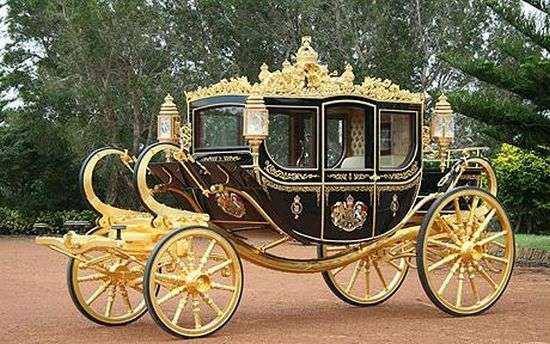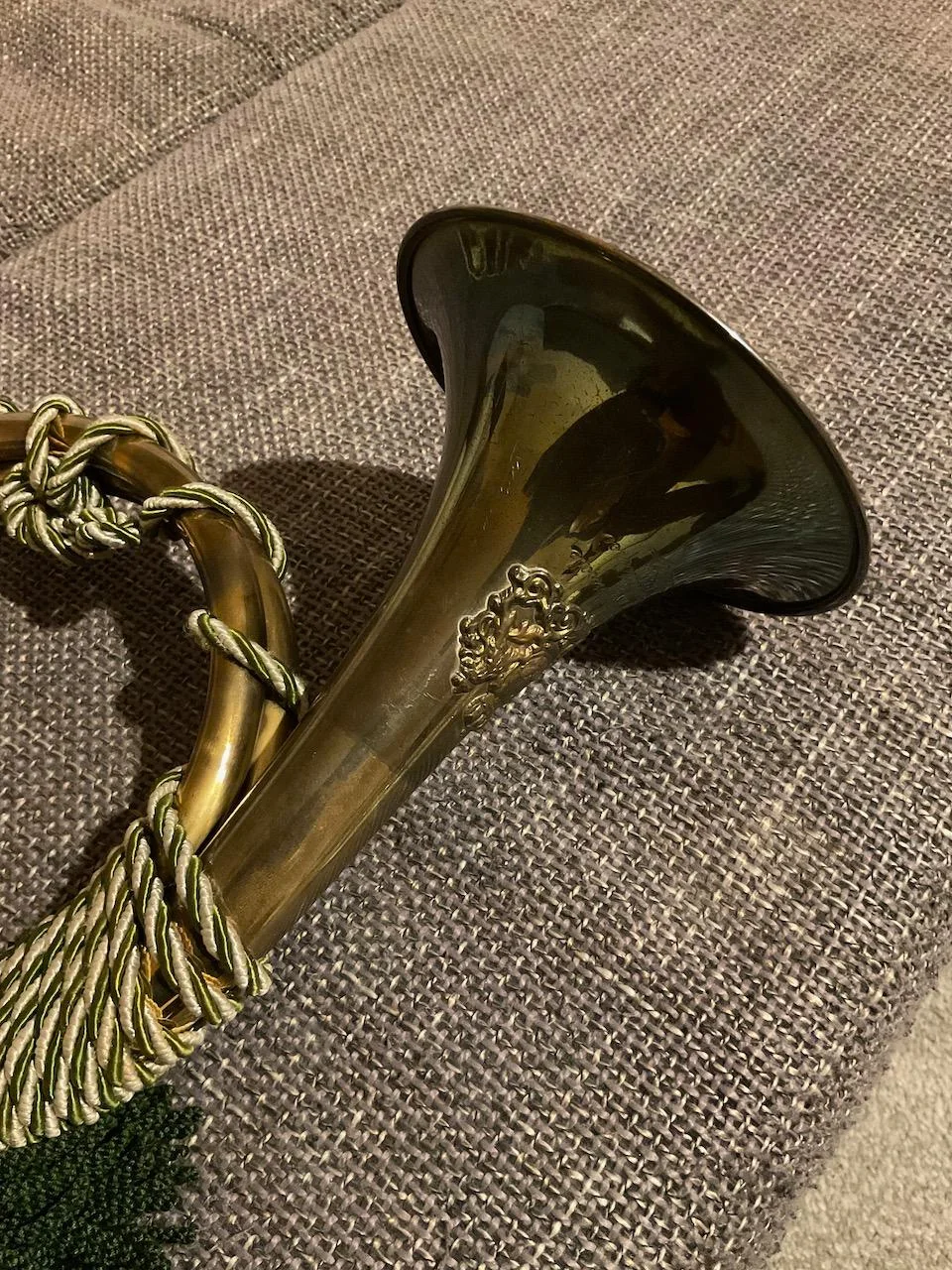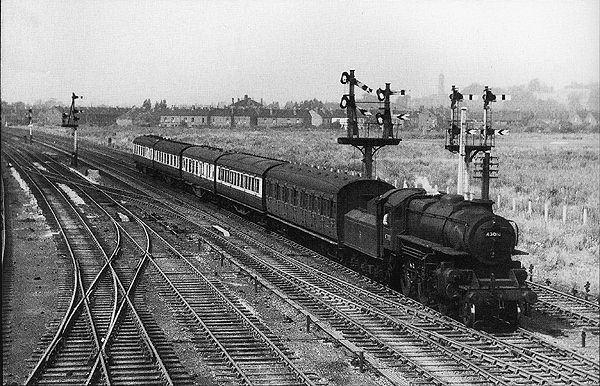Stamp: Obukhiv Emergency Issue (Cinderellas 1993)
Obukhiv Emergency Issue (Cinderellas 1993)
01 January (Cinderellas ) within release Ukraine goes into circulation Stamp Obukhiv Emergency Issue face value 15 Ukrainian karbovanets
| Stamp Obukhiv Emergency Issue in catalogues | |
|---|---|
| Colnect codes: | Col: UA-028 |
Stamp is vertical format.
Purple overprint on 2k 1991 USSR stampAlso in the issue Ukraine:
- Stamp - Cruiser "Aurora" face value 35;
- Stamp - Vinnytsia 1st issue face value 3,000;
- Stamp - Obukhiv Emergency Issue face value 35;
- Stamp - Emergency overprints face value 15;
- Stamp - Zakarpattia Coat of Arm overprints face value 3;
- Stamp - Emergency overprints face value 6;
- Stamp - Obukhiv Emergency issue face value 9;
- Stamp - Sevastopol Overprints face value None;
- Stamp - Sevastopol Overprints face value None;
- Stamp - Obukhiv Emergency issue face value 200;
- Stamp - Zakarpattia Coat of Arm overprints face value 35;
- Stamp - Zakarpattia Coat of Arm overprints face value 25;
- Stamp - Obukhiv Emergency issue face value 45;
- Stamp - Vinnytsia 1st issue face value 50;
- Stamp - RIVNE 1st definitive issue face value 27;
- Stamp - Obukhiv Emergency issue face value 18;
- Stamp - Obukhiv Emergency issue face value 24;
- Stamp - Obukhiv Emergency Issue face value 15;
- Stamp - Obukhiv Emergency issue face value 50;
- Stamp - Zakarpattia Coat of Arm overprints face value 15;
- Stamp - Obukhiv Emergency Issue face value 90;
- Stamp - Sevastopol Overprints face value None;
- Stamp - RIVNE 1st definitive issue face value 1,000;
- Stamp - 2nd SUMY Emergency Issue face value 15;
- Stamp - Obukhiv Emergency issue face value 9;
- Stamp - RIVNE 1st definitive issue face value 150;
- Stamp - Obukhiv Emergency issue face value 18;
- Stamp - 2nd SUMY Emergency Issue face value 70;
- Stamp - Obukhiv Emergency Issue face value 50;
- Stamp - Obukhiv Emergency Issue face value 15;
- Stamp - Obukhiv Emergency issue face value 200;
- Stamp - Obukhiv Emergency issue face value 250;
- Stamp - RIVNE 1st definitive issue face value 54;
- Stamp - 2nd SUMY EMERGENCY issue face value 70;
- Stamp - Obukhiv Emergency Issue face value 6;
- Stamp - 2nd SUMY Emergency Issue face value 3;
- Stamp - 3rd SUMY Emergency Issue no. 2 face value 15;
- Stamp - Obukhiv Emergency Issue face value 90;
- Stamp - Vinnytsia Emergency overprint no. 3 face value 250;
- Stamp - Vinnytsia Emergency overprint no. 3 face value 500;
- Stamp - Obukhiv Emergency issue face value 100;
- Stamp - Zakarpattia Coat of Arm overprints face value 15;
- Stamp - Obukhiv Emergency Issue face value 3;
- Stamp - Vinnytsia 1st issue face value 27;
- Stamp - Vinnytsia Emergency overprint no. 3 face value 250;
- Stamp - Emergency overprints face value 3;
- Stamp - 2nd SUMY Emergency Issue face value 9;
- Stamp - Obukhiv Emergency issue face value 250;
- Stamp - Obukhiv Emergency Issue face value 3;
- Stamp - RIVNE 1st definitive issue face value 300;
- Stamp - Vinnytsia 1st issue face value None;
- Stamp - Obukhiv Emergency Issue face value 70;
- Stamp - Obukhiv Emergency issue face value 24;
- Stamp - 2nd SUMY Emergency Issue face value 70;
- Stamp - Obukhiv Emergency Issue face value 90;
- Stamp - RIVNE 1st definitive issue face value 72;
- Stamp - Obukhiv Emergency issue face value 45;
- Stamp - Obukhiv Emergency issue face value 100;
- Stamp - Zakarpattia Coat of Arm overprints face value 6;
- Stamp - RIVNE 1st definitive issue face value 100;
- Stamp - Vinnytsia Emergency overprint no. 3 face value 500;
- Stamp - Obukhiv Emergency Issue face value 35;
- Stamp - Obukhiv Emergency Issue face value 3;
- Stamp - Emergency overprints face value 95;
- Stamp - Vinnytsia 1st issue face value 500;
- Stamp - Obukhiv Emergency Issue face value 70;
- Stamp - Zakarpattia Coat of Arm overprints face value 20;
- Stamp - Emergency overprints face value 85;
- Stamp - Obukhiv Emergency Issue face value 35;
- Stamp - Obukhiv Emergency Issue face value 6;
- Stamp - Obukhiv Emergency Issue face value 6;
- Stamp - Obukhiv Emergency Issue face value 15;
- Stamp - Obukhiv Emergency Issue face value 70;
- Stamp - RIVNE 1st definitive issue face value 250;
- Stamp - RIVNE 1st definitive issue face value 50;
- Stamp - RIVNE 1st definitive issue face value 36;
- Stamp - Melitopol 2nd Emergency Issue face value 65;
- Stamp - Melitopol 2nd Emergency Issue face value 3;
- Stamp - Sevastopol Overprints face value 250;
- Stamp - Sevastopol Overprints face value 250;
- Se-tenant - Sevastopol Overprints face value 100;
- Stamp - Melitopol 2nd Emergency Issue face value 2;
- Se-tenant - Sevastopol Overprints face value 100;
- Stamp - Sevastopol Overprints face value 750;
- Stamp - Melitopol 1st Emergency issue face value 15;
- Se-tenant - Sevastopol Overprints face value 200;
- Se-tenant - Sevastopol Overprints face value 250;
- Stamp - Melitopol 3rd Emergency Issue face value 65;
- Se-tenant - Sevastopol Overprints face value 500;
- Stamp - Melitopol 2nd Emergency Issue face value 3;
- Stamp - Sevastopol Overprints face value 750;
- Stamp - Melitopol 3rd Emergency Issue face value 15;
- Stamp - Melitopol 3rd Emergency Issue face value 3;
- Stamp - Sevastopol Overprints face value 500;
- Stamp - Melitopol 3rd Emergency Issue face value 2;
- Se-tenant - Sevastopol Overprints face value 500;
- Se-tenant - Sevastopol Overprints face value 500;
- Se-tenant - Sevastopol Overprints face value 200;
- Stamp - Melitopol 1st Emergency issue face value 65;
- Stamp - Melitopol 2nd Emergency Issue face value 15;
- Se-tenant - Sevastopol Overprints face value 250;
- Stamp - Melitopol 2nd Emergency Issue face value 15;
- Stamp - Sevastopol Overprints face value 150;
- Se-tenant - Sevastopol Overprints face value 100;
- Stamp - Melitopol 1st Emergency Issue face value 3;
- Stamp - Melitopol 1st Emergency Issue face value 2;
- Stamp - Sevastopol Overprints face value 250;
- Stamp - Melitopol 3rd Emergency Issue face value 15;
- Stamp - Sevastopol Overprints face value 500;
- Stamp - Melitopol 2nd Emergency Issue face value 65;
- Stamp - Melitopol 3rd Emergency Issue face value 3;
- Stamp - Sevastopol Overprints face value 250;
- Se-tenant - Sevastopol Overprints face value 250;
- Stamp - Melitopol 2nd Emergency Issue face value 15;
- Stamp - Sevastopol Overprints face value 50;
- Stamp - Melitopol 1st Emergency Issue face value 6;
- Stamp - Melitopol 3rd Emergency Issue face value 6;
- Stamp - Melitopol 1st Emergency Issue face value 65;
- Stamp - Melitopol 2nd Emergency Issue face value 2;
- Se-tenant - Sevastopol Overprints face value 200;
- Se-tenant - Sevastopol Overprints face value 500;
- Stamp - Melitopol 3rd Emergency Issue face value 65;
- Se-tenant - Sevastopol Overprints face value 200;
- Stamp - Sevastopol Overprints face value 50;
- Stamp - Sevastopol Overprints face value 200;
- Stamp - Melitopol 2nd Emergency Issue face value 6;
- Stamp - Melitopol 3rd Emergency Issue face value 2;
- Se-tenant - Sevastopol Overprints face value 250;
- Stamp - Sevastopol Overprints face value 500;
- Stamp - Melitopol 1st Emergency issue face value 2;
- Stamp - Sevastopol Overprints face value 150;
- Stamp - Melitopol 1st Emergency Issue face value 15;
- Se-tenant - Sevastopol Overprints face value 100;
- Stamp - Melitopol 1st Emergency issue face value 6;
- Stamp - Zhovti Vody Emergency Overprints face value 20;
- Stamp - Zhovti Vody Emergency Overprints face value 25;
- Stamp - Zhovti Vody Emergency Overprints face value 3;
- Stamp - Zhovti Vody Emergency Overprints face value 15;
- Stamp - Zhovti Vody Emergency Overprints face value 6;
- Se-tenant - Velikoanadolsky Forest face value 150;
- Se-tenant - Velikoanadolsky Forest - Inverted Overprint face value 150;
Stamp Obukhiv Emergency Issue it reflects the thematic directions:
A carriage is a two- or four-wheeled horse-drawn vehicle for passengers. Second-hand private carriages were common public transport, the equivalent of modern cars used as taxis. Carriage suspensions are by leather strapping or, on those made in recent centuries, steel springs. Two-wheeled carriages are usually owner-driven.
A flag is a piece of fabric (most often rectangular or quadrilateral) with a distinctive design that is used as a symbol, as a signaling device, or as decoration. The term flag is also used to refer to the graphic design employed, and flags have since evolved into a general tool for rudimentary signalling and identification, especially in environments where communication is similarly challenging (such as the maritime environment where semaphore is used). National flags are patriotic symbols with varied wide-ranging interpretations, often including strong military associations due to their original and ongoing military uses. Flags are also used in messaging, advertising, or for other decorative purposes. The study of flags is known as vexillology, from the Latin word vexillum, meaning flag or banner.
A horn is a permanent pointed projection on the head of various animals that consists of a covering of keratin and other proteins surrounding a core of live bone. Horns are distinct from antlers, which are not permanent. In mammals, true horns are found mainly among the ruminant artiodactyls,[not verified in body] in the families Antilocapridae (pronghorn) and Bovidae (cattle, goats, antelope etc.). Cattle horns arise from subcutaneous connective tissue (under the scalp) and later fuse to the underlying frontal bone.
The horse (Equus ferus caballus) is one of two extant subspecies of Equus ferus. It is an odd-toed ungulate mammal belonging to the taxonomic family Equidae. The horse has evolved over the past 45 to 55 million years from a small multi-toed creature, Eohippus, into the large, single-toed animal of today. Humans began to domesticate horses around 4000 BC, and their domestication is believed to have been widespread by 3000 BC. Horses in the subspecies caballus are domesticated, although some domesticated populations live in the wild as feral horses. These feral populations are not true wild horses, as this term is used to describe horses that have never been domesticated, such as the endangered Przewalski's horse, a separate subspecies, and the only remaining true wild horse. There is an extensive, specialized vocabulary used to describe equine-related concepts, covering everything from anatomy to life stages, size, colors, markings, breeds, locomotion, and behavior.
The post horn is a valveless cylindrical brass instrument with a cupped mouthpiece. The instrument was used to signal the arrival or departure of a post rider or mail coach. It was used by postilions of the 18th and 19th centuries.
The mail or post is a system for physically transporting documents and other small packages; or, the postcards, letters, and parcels themselves. A postal service can be private or public, though many governments place restrictions on private systems. Since the mid-19th century national postal systems have generally been established as government monopolies with a fee on the article prepaid. Proof of payment is often in the form of adhesive postage stamps, but postage meters are also used for bulk mailing. Modern private postal systems are typically distinguished from national postal agencies by the names "courier" or "delivery service". Postal authorities often have functions other than transporting letters. In some countries, a postal, telegraph and telephone (PTT) service oversees the postal system, in addition to telephone and telegraph systems. Some countries' postal systems allow for savings accounts and handle applications for passports.
Railways - Transportation system made up of metal rails which is designed to allow trains to maneuver on the tracks from one location to the next.
A modern sailing ship or sailship is any large wind-powered vessel. Traditionally a sailing ship (or simply ship) is a sailing vessel that carries three or more masts with square sails on each. Large sailing vessels that are not ship-rigged may be more precisely referred to by their sail rig, such as schooner, barque (also spelled "bark"), brig, barkentine, brigantine or sloop. There are many different types of sailing ships, but they all have certain basic things in common. Every sailing ship has a hull, rigging and at least one mast to hold up the sails that use the wind to power the ship. The crew who sail a ship are called sailors or hands. They take turns to take the watch, the active managers of the ship and her performance for a period. Watches are traditionally four hours long. Some sailing ships use traditional ship's bells to tell the time and regulate the watch system, with the bell being rung once for every half hour into the watch and rung eight times at watch end (a four-hour watch). Ocean journeys by sailing ship can take many months, and a common hazard is becoming becalmed because of lack of wind, or being blown off course by severe storms or winds that do not allow progress in the desired direction. A severe storm could lead to shipwreck, and the loss of all hands. Sailing ships are limited in their maximum size compared to ships with heat engines, so economies of scale are also limited. The heaviest sailing ships (limited to those vessels for which sails were the primary means of propulsion) never exceeded 14,000 tons displacement. Sailing ships are therefore also very limited in the supply capacity of their holds, so they have to plan long voyages carefully to include many stops to take on provisions and, in the days before watermakers, fresh water.








